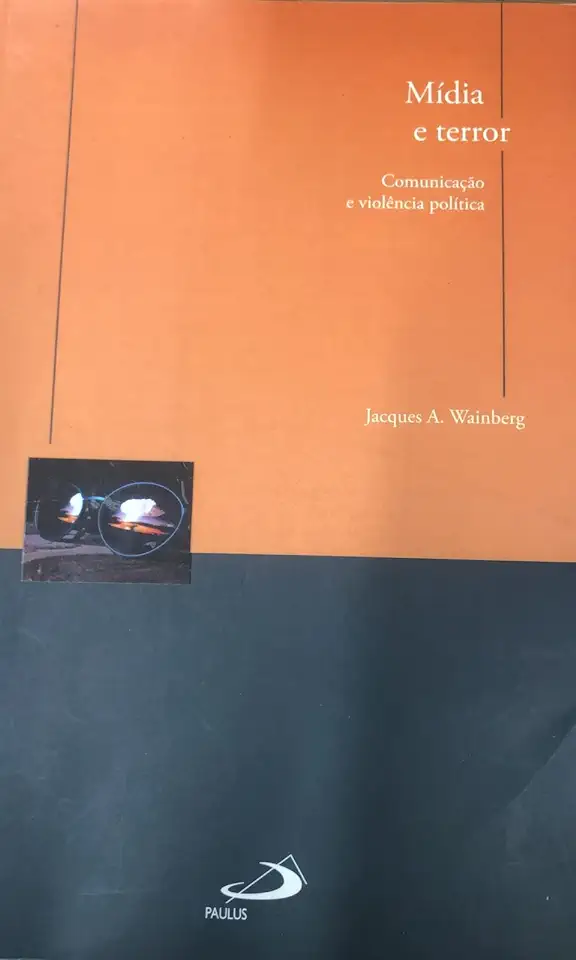
Media and Terror - Communication and Political Violence - Jacques A. Wainberg
Media and Terror: Communication and Political Violence
Introduction
In "Media and Terror: Communication and Political Violence," Jacques A. Wainberg delves into the complex relationship between media and terrorism, offering a comprehensive analysis of how these two powerful forces interact and shape the modern world. Wainberg argues that the media plays a crucial role in shaping public perceptions of terrorism, influencing political responses, and even contributing to the spread of terrorist ideologies.
The Power of the Media
Wainberg begins by examining the power of the media in shaping public opinion. He argues that the media has the ability to frame issues, influence public discourse, and even create new realities. In the context of terrorism, the media can play a significant role in shaping how the public perceives terrorist threats, the motivations of terrorists, and the appropriate responses to terrorism.
The Media's Role in Terrorism
Wainberg then explores the specific ways in which the media can contribute to terrorism. He argues that the media can provide a platform for terrorists to spread their propaganda, recruit new members, and even inspire acts of violence. Additionally, the media can inadvertently legitimize terrorist groups by giving them attention and coverage, and by portraying them as powerful and influential.
The Media's Impact on Political Responses
Wainberg also examines the impact of the media on political responses to terrorism. He argues that the media can influence the decisions that governments make in response to terrorist threats, and can even shape the broader political discourse on terrorism. For example, the media can pressure governments to take military action, adopt stricter security measures, or engage in negotiations with terrorist groups.
The Need for Media Literacy
In light of the powerful influence of the media on terrorism, Wainberg emphasizes the need for media literacy. He argues that it is essential for individuals to be able to critically analyze media messages, understand the biases and limitations of the media, and make informed decisions about the information they consume.
Conclusion
"Media and Terror: Communication and Political Violence" is a thought-provoking and insightful examination of the complex relationship between media and terrorism. Wainberg provides a comprehensive analysis of the ways in which the media can shape public perceptions, contribute to terrorism, and influence political responses. By emphasizing the need for media literacy, Wainberg offers a valuable tool for individuals to navigate the complex media landscape and make informed decisions about the information they consume.
Why You Should Read This Book
"Media and Terror: Communication and Political Violence" is a must-read for anyone interested in understanding the complex relationship between media and terrorism. Wainberg's comprehensive analysis provides valuable insights into the ways in which the media can shape public perceptions, contribute to terrorism, and influence political responses. By understanding these dynamics, individuals can become more informed and critical consumers of media, and can make more informed decisions about the information they consume.
Order Your Copy Today!
"Media and Terror: Communication and Political Violence" is available now from all major book retailers. Order your copy today and gain a deeper understanding of the complex relationship between media and terrorism.
Enjoyed the summary? Discover all the details and take your reading to the next level — [click here to view the book on Amazon!]